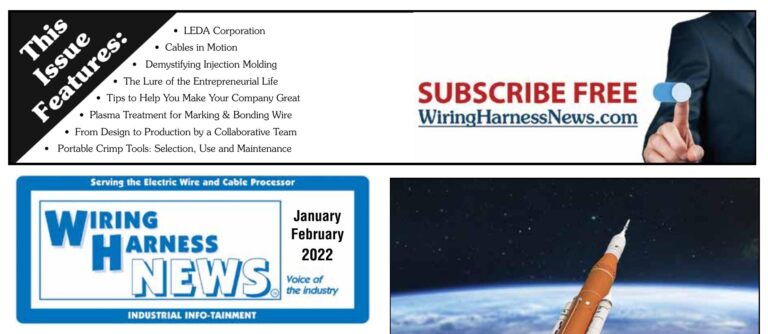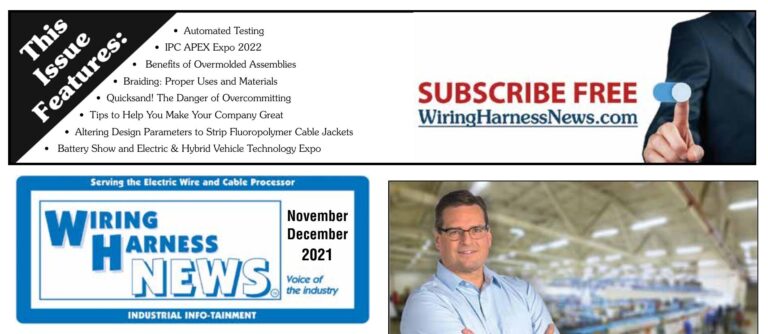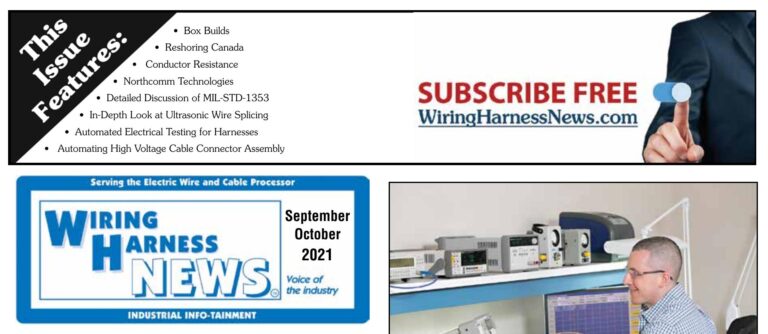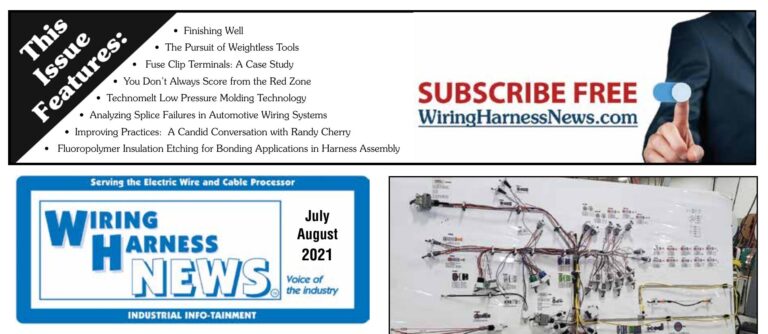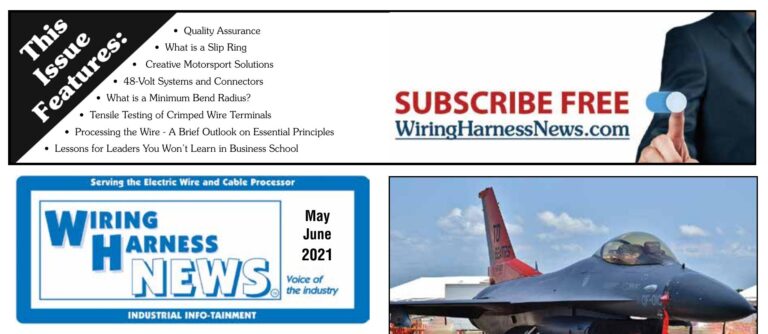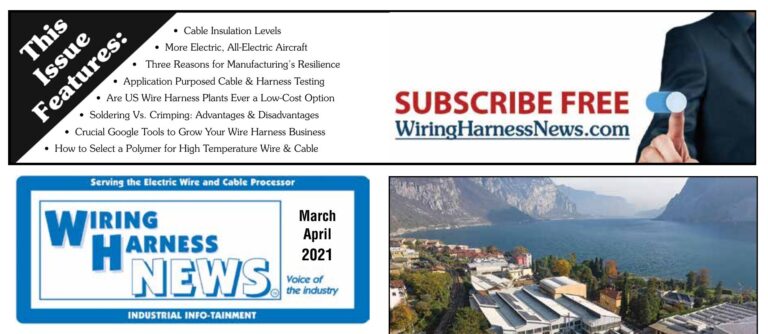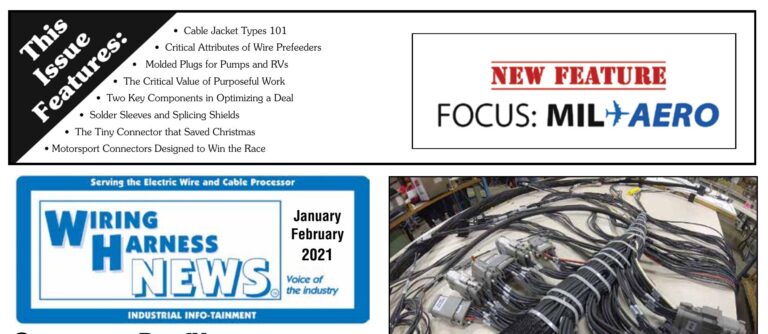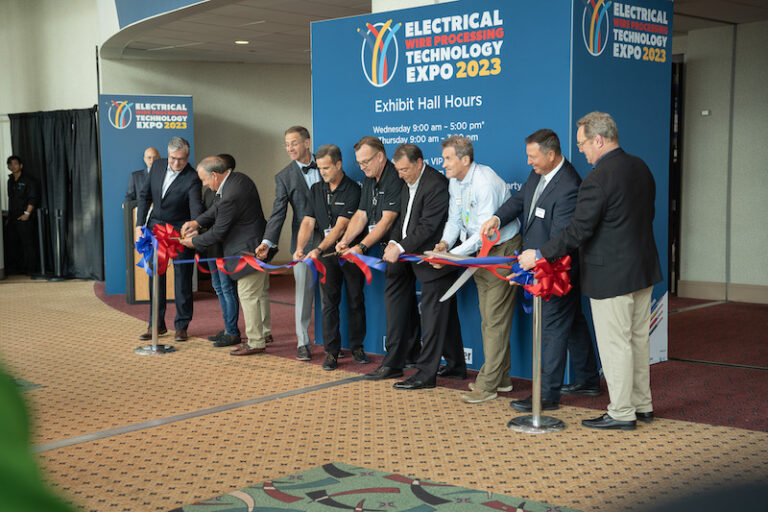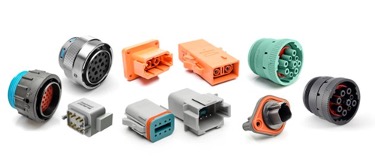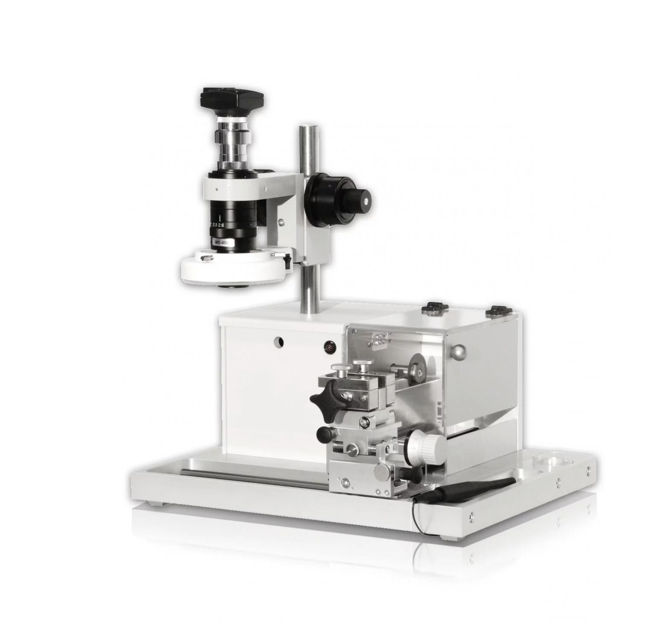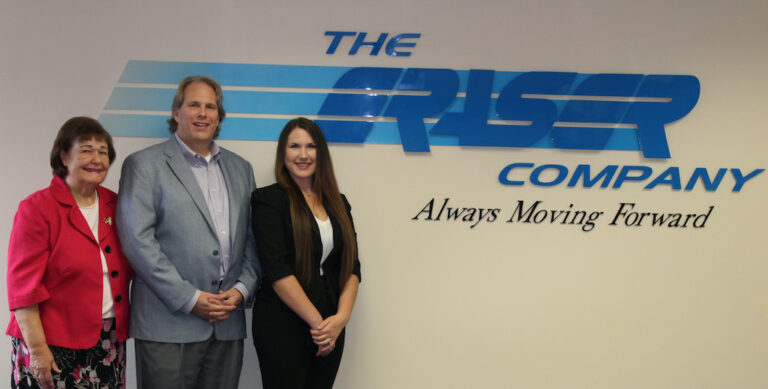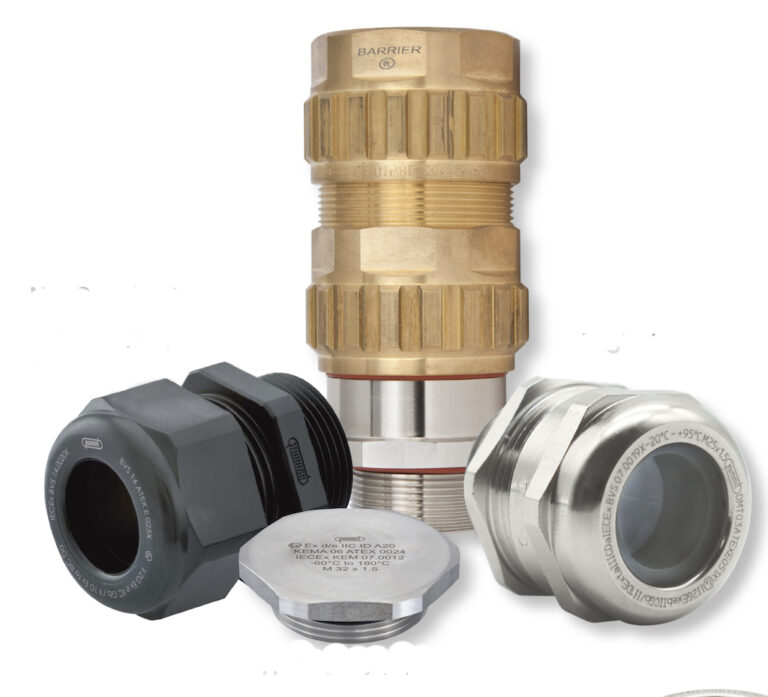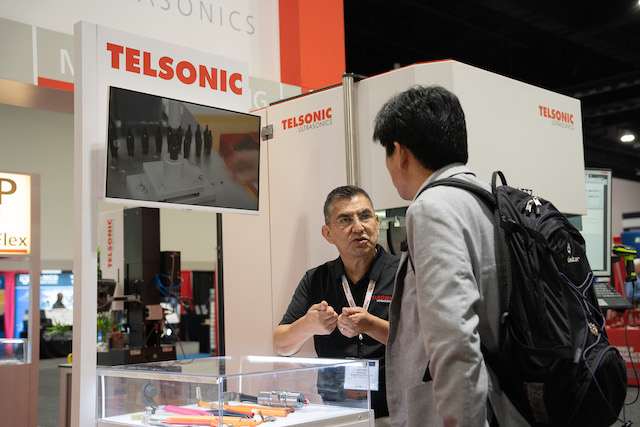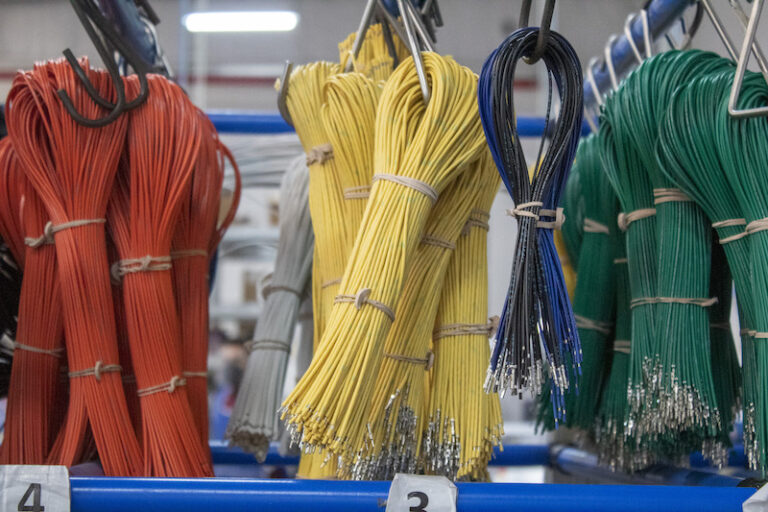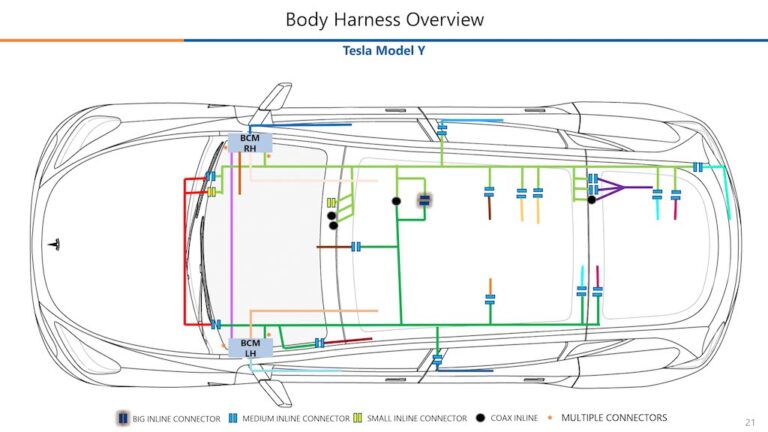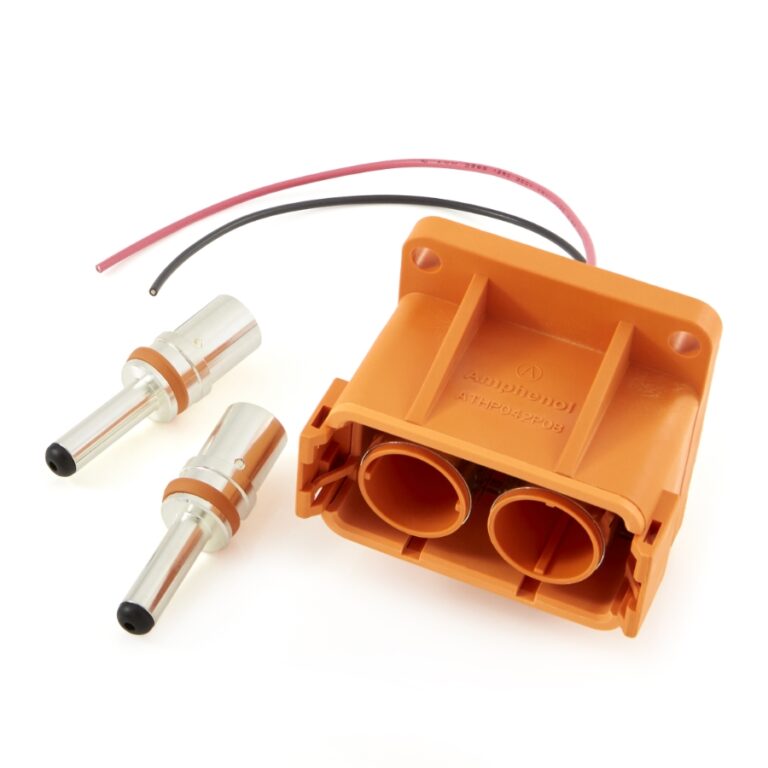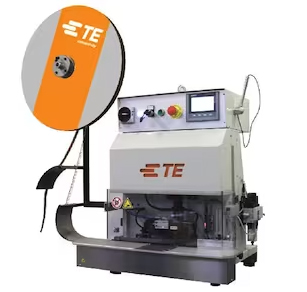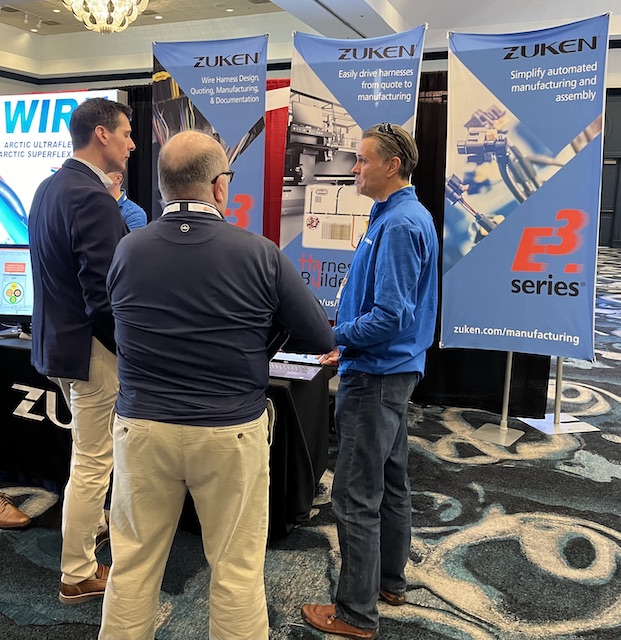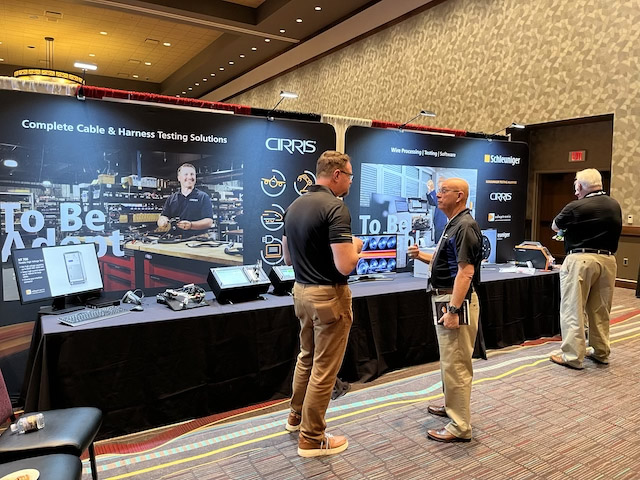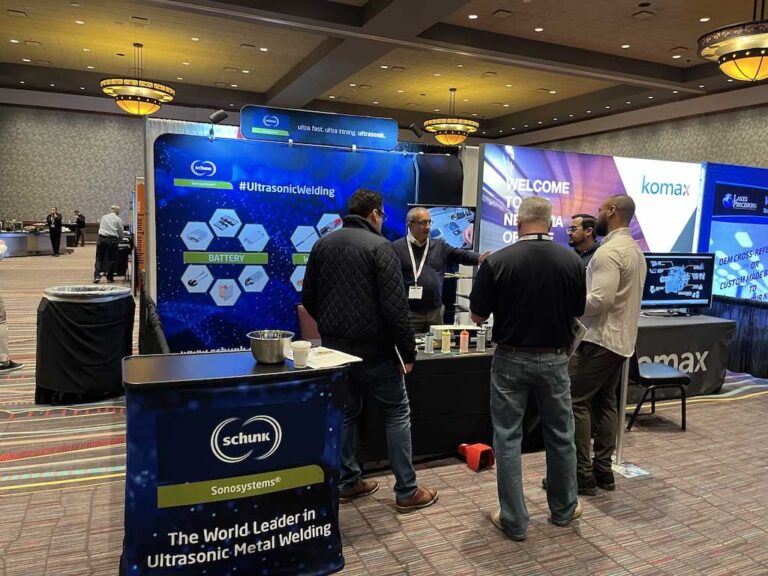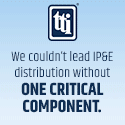Expertise Matters
by Loren Smith
Some time ago, I received an email from the owner/founder of a $10M West Coast wire harness company indicating he had reached retirement age and was exploring resources to help him find a buyer for his company. This inquiry set in motion a series of events that illuminate important points about deal making, but first, an interruption:
Frankly, I am a bit self-conscious that this tale, unlike most examples I use in my columns, might come across as self-serving, but I felt it was vital to include details that explain a key component of the M&A world: fees. Now, back to the article.
Normally, when I receive a call like the one described above––after signing a non-disclosure agreement and reviewing basic information on the company––I travel to meet with the owner and discuss all aspects of a potential sale. In this case, however, the owner seemed intent on making a decision based on phone calls, and even clearer was his priority of knowing our estimate of his company’s valuation and our fee structure. I explained that his company’s valuation would fall in an EBITDA multiple range of 4 to 6 (even 7 in some cases), and I told him our fee.
After a few more conversations to exchange additional information, the owner called to let me know he was probably going with a competitor because our success fee was twice that of theirs and, at a $5M purchase price (5 times $1M EBITDA), he would be paying us a substantial premium. But hisconclusion assumed we and our competitor would bring the same deal to the table.
I responded by asking the owner if he would please provide us with the opportunity to show him how we could bring a deal to the table that would yield more cash at closing than what he could realize through other options, and I offered to get on a flight that night and meet him at his plant the next morning. He agreed.
Once I had the opportunity to sit with the owner face to face, I shared the following math: “If we bring a 6.5 all-cash multiple to the table, and our competitor brings a 4 multiple to the table, our deal is likely to net you $5,850,000 versus an estimated $3,800,000.”
Of course, I did not promise the 6.5 multiple, but I did emphasize that achieving the high end of a valuation range requires industry expertise. Absent that experience and knowhow, selling a company can result in a mid-range or low-end multiple––or even the inability to find a buyer at all.
Shaking his head, he responded, “That kind of difference sounds improbable. I’m sorry, but I’m skeptical.”
I then described a number of recent examples in which our expertise had enabled us to provide an owner with a deal that substantially eclipsed that of a competitor––while pointing out that in several instances the result was even higher than what we had forecast.
Our track record was now persuading our potential client he might be wise to go with us, but he needed to ask one other question––a question I often get: “How do you consistently achieve these results that you are claiming?”
I answered simply: “Helping founders of wire harness companies sell their business isn’t one thing we do. It is the only thing we do.”
By the end of our meeting, the owner fully appreciated the value of my 30+ years in the wire harness industry as the owner of a wire harness company and then an M&A firm. Our knowledge of the business and our extensive industry contacts enable us to have in-depth discussions with prospective synergistic buyers detailing how the two companies might be integrated to create value post-closing.
We were honored when the harness company owner signed with us, and the deal we put together for him far exceeded his initial expectations. Just as important, it has stood the test of time.















